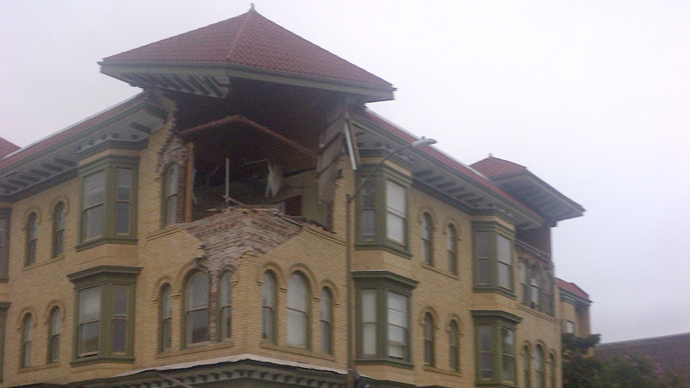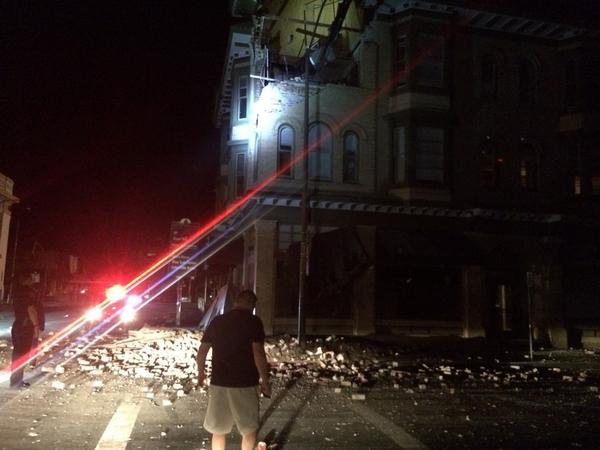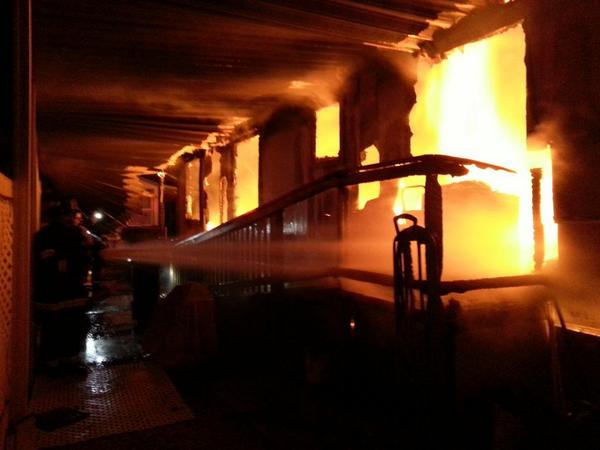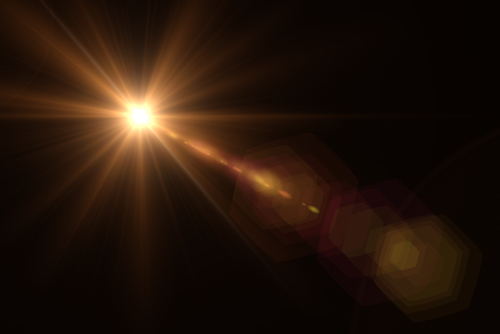In one day you have the largest earthquake in California in 25 years, the Iceland volcano ready to blow, a 7.0 earthquake hits Peru, a 6.4 earthquake hits Chile, and a 5.4 earthquake hits Iran. It seems Mother Earth is angry. Pressure seems to be building below the surface of the earth, matching the pressure building among the people’s populating this planet. Something is going to blow.
120 injured, state of emergency as California hit by largest quake in 25 years
Published time: August 24, 2014 11:12

Damage is shown to a downtown building in Napa, California August 24, 2014. (Reuters / Jim Christie)
At least 120 people were treated at hospital and a state of emergency was declared in the city of Napa, after California was shaken by a 6.0 magnitude earthquake.
Local officials had to set up a triage tent at the Queen of the Valley Medical Center in Napa to handle the influx of the people injured in the earthquake, AP reports. According to hospital’s CEO Walt Mickens, most of the injured had cuts, bumps and bruises. Three people were also admitted with broken bones, and two for heart attacks.
The 6.0 quake struck at 3:20 am (10:20 GMT), the US Geological Survey said. Its epicenter was 6 kilometers from American Canyon and 9 kilometers from the city of Napa, at a depth of 10.8 kilometers from the surface.
Residents of the cities of San Francisco, some 40 miles away, and Davis, just over 70 miles away, quickly took to Twitter reporting feeling the quake.



Two quakes shake Icelandic volcano’s area, govt restricts airspace

ARCHIVE PHOTO: Smoke and ash bellow from Eyjafjallajokull volcano as it is seen from Asolfsskali, Iceland, on April 23, 2010 (AFP Photo / Emmanuel Dunand)
Two small earthquakes shook ground around Iceland’s Bardarbunga volcano Sunday. Earlier, the country’s government closed the airspace around the area triggering fears of air chaos.
READ MORE: Iceland evacuates area near volcano amid eruption fears
Two earthquakes measuring at 5.3 and 5.1 in magnitude — the biggest yet — shook the volcano beneath Iceland’s vast Vatnajokull glacier early Sunday.
Following the quakes and a reported eruption, the Icelandic Met Office issued aviation red alerts over the Bardarbunga eruption on Sunday morning. However, later in the day the agency lowered the risk from the highest possible to orange, which means “heightened or escalating unrest with increased potential of eruption.”
7.0 quake strikes southern Peru
A magnitude 7.0 earthquake struck southern Peru on Sunday 38 miles (61 km) east-northeast of the town of Puquio, the U.S. Geological Survey reported. There were no immediate reports of damage or injury. The quake struck at 23:21 GMT at the depth of 36.6 miles (58.9 km). The nearest city to the epicenter is Tambo, located just 26 miles (42 km) away. USGS revised the magnitude of the quake upwards from 6.9. An earthquake was triggered by a subduction of Nazca plate, located off the west coast of South America, RT Spanish cited experts as saying. No tsunami warning has been released by the authorities. Some network and electricity outages are being reported.
6.4 tremor hits central Chile
A 6.4-magnitude earthquake rocked the region around Chile’s Valparaiso port at 7:32 PM Eastern time, the US Geological Survey reported. The epicenter of the quake was about 18 kilometers from Hacienda La Calera community and some 117 kilometers from the capital Santiago at a depth of 30 kilometers. Initially the tremor was estimated at 6.6 on the Richter Scale, with three aftershocks subsequently registered in the area. No casualties or damage have been registered, although electricity and phone communication was interrupted in some areas.
Western Iran hit by 5.4 magnitude earthquake
The western Iranian province of Kermanshah was rocked by a 5.4 Richter Scale tremor at 00:36 local time (GMT +4:30 hours), reported Iran’s official IRNA news agency, citing the seismography center affiliated with the Tehran University Geophysics Institute. No casualties or damage have been reported so far. The earthquake struck 15 kilometers underground.










